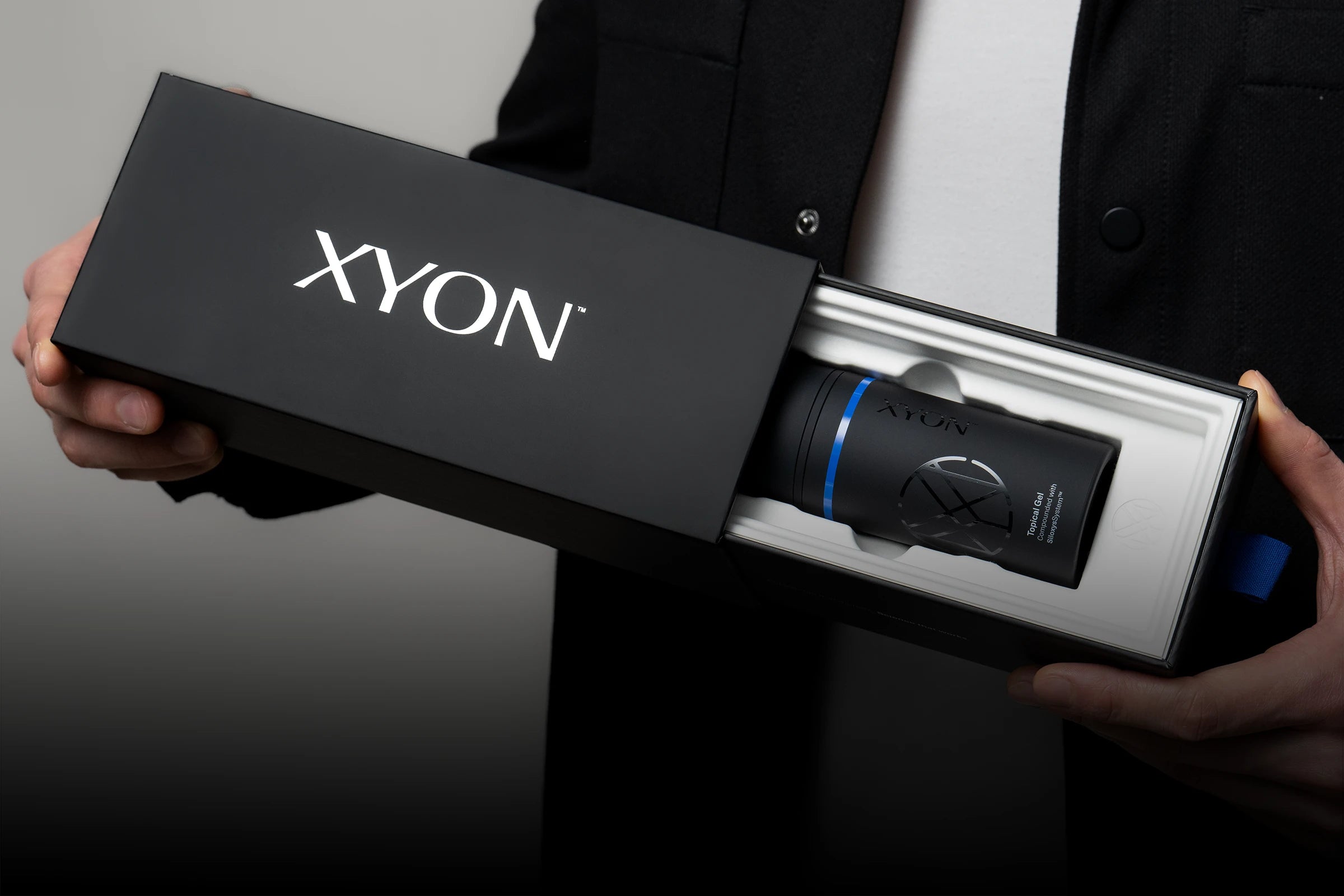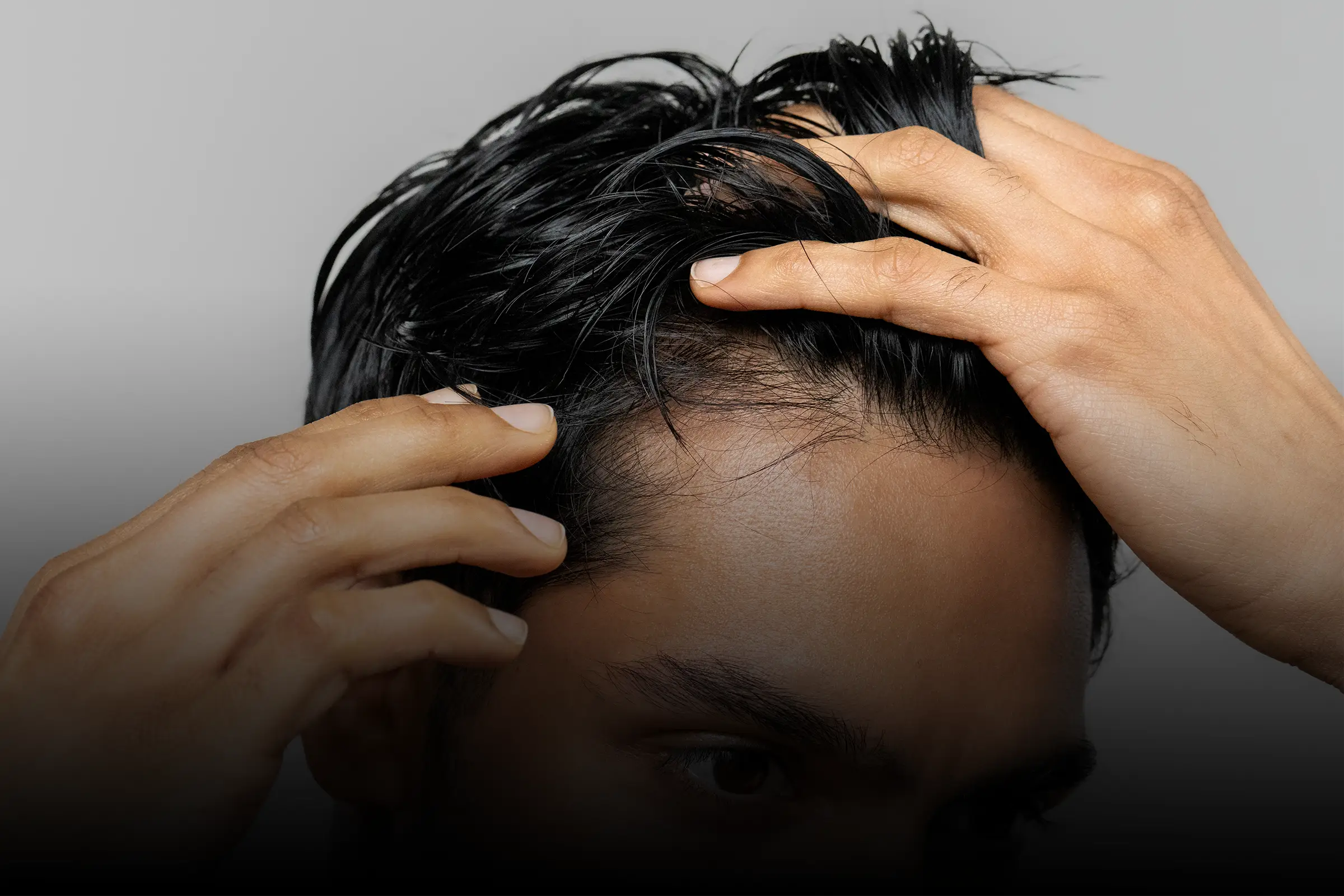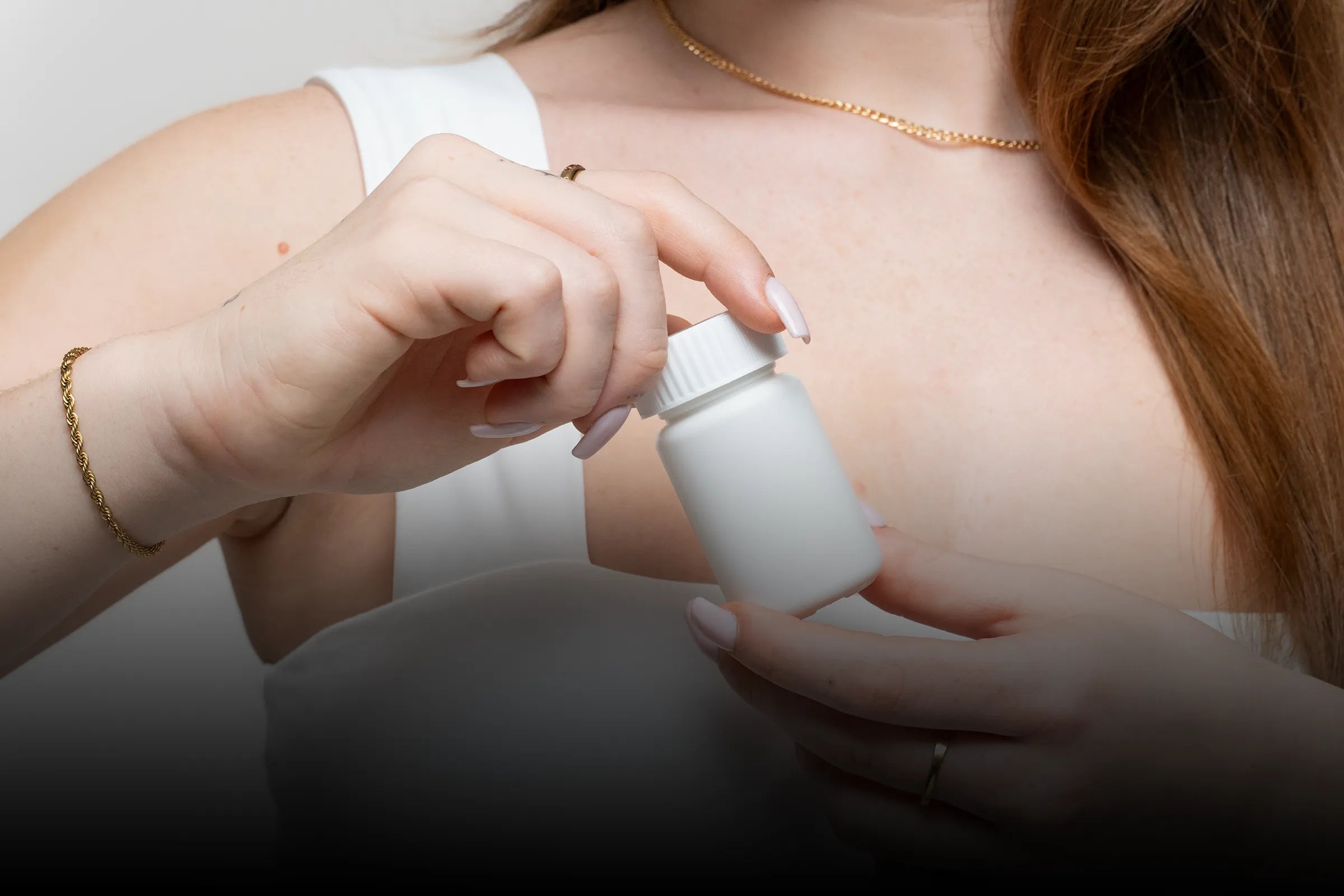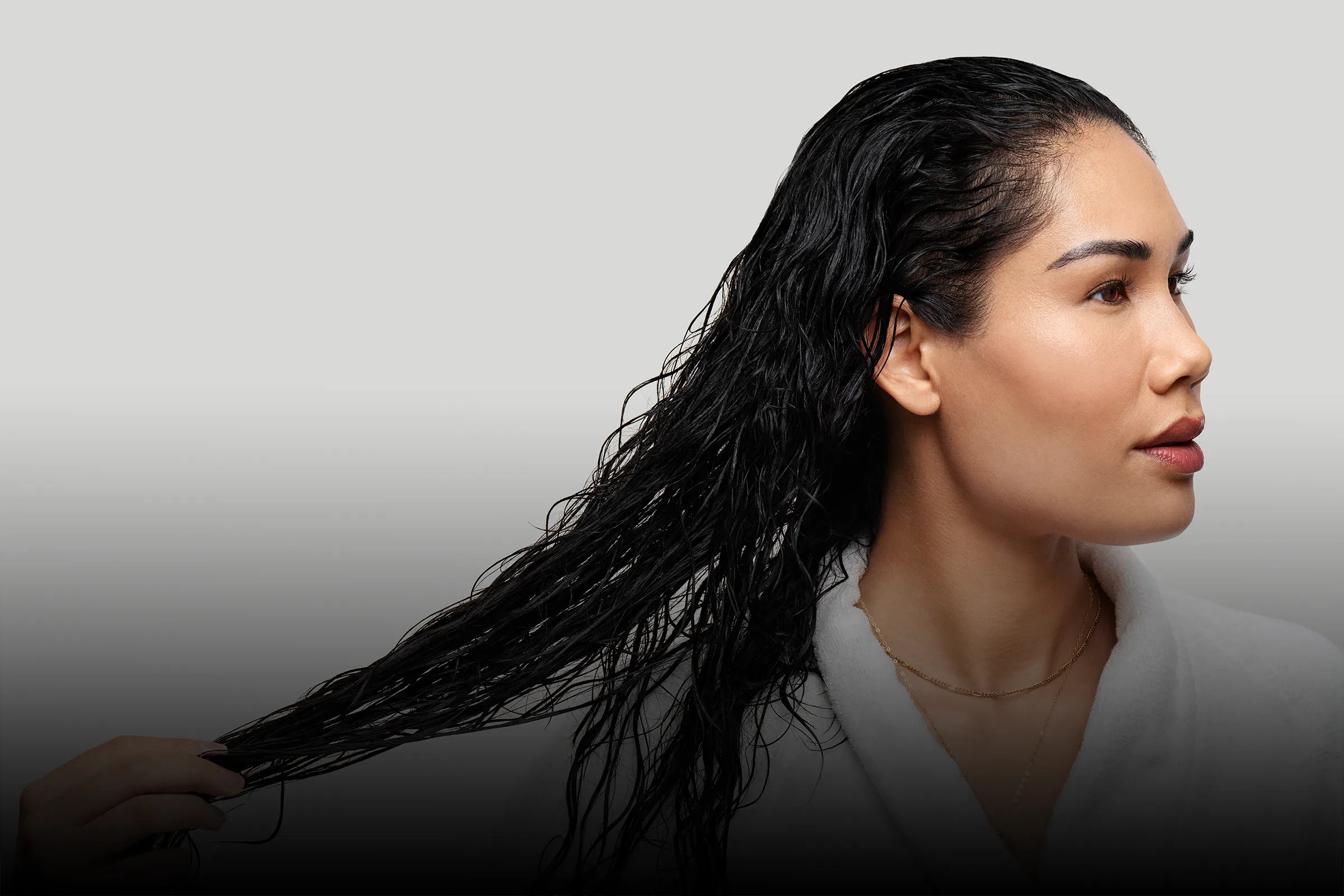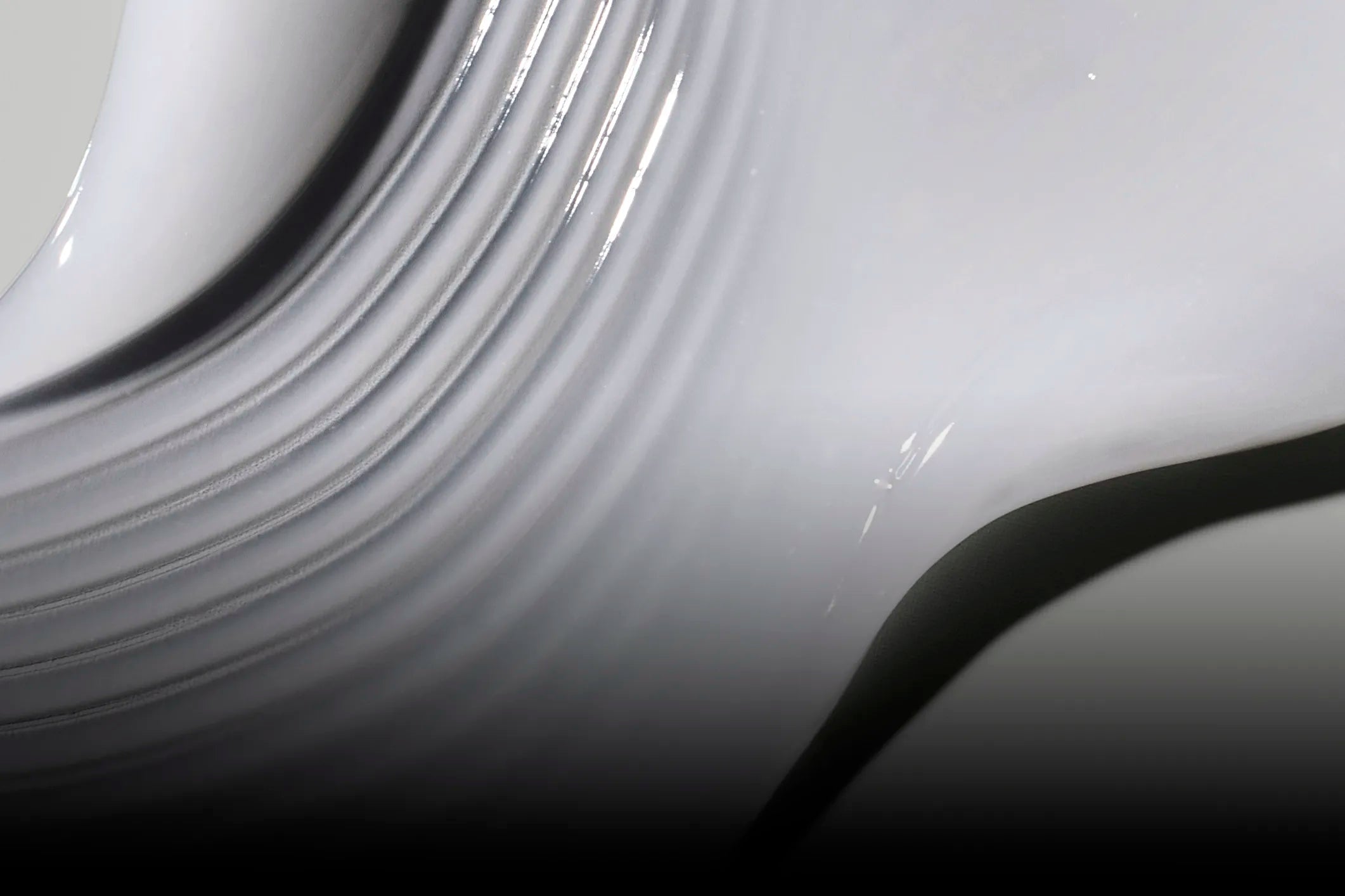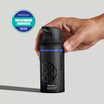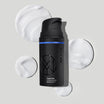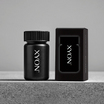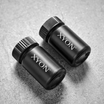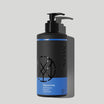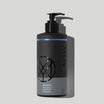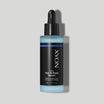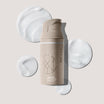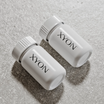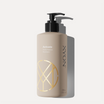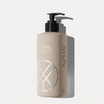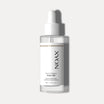Female pattern hair loss and male pattern hair loss are distinct hair loss conditions, but both may be treated with finasteride. However, because underlying causes of hair loss are different in women, they may not necessarily respond the same way to finasteride treatment.
Currently, finasteride is available in both oral and topical forms. In this article we’ll focus on topical finasteride for women and talk about its potential benefits. We’ll also review current data on the safety and efficacy of topical finasteride in female patients.
Topical finasteride for women: What are the benefits?
The main benefit of topical finasteride for women is the potential for a reduction in exposure to finasteride and its hormone suppressing effects in the bloodstream. Finasteride is not widely prescribed to female patients because the medication may cause harm to a developing fetus. This risk may be higher with oral finasteride. To mitigate this risk, finasteride is generally only considered for women who are postmenopausal or using effective contraception.
Why can’t women touch finasteride?
Safety information for finasteride may include statements explicitly stating that women should not touch or handle finasteride tablets (either whole or crushed). These recommendations are made out of an abundance of caution for the safety of women who may become pregnant. In animal studies, the medication has been found to have teratogenic properties and may cause developmental abnormalities in offspring.
With that being said, women may still take finasteride (in oral or topical form) but only in cases when a doctor has determined that the potential impact to her health is minimal and that the patient understands the risks associated with taking finasteride.
Topical finasteride for women: Does it actually work for hair loss?
Research on topical finasteride has shown that the treatment does help regrow hair and prevent further hair loss in female patients. However, because the role of androgens in female pattern hair loss is unclear, the response to finasteride may vary from patient to patient.
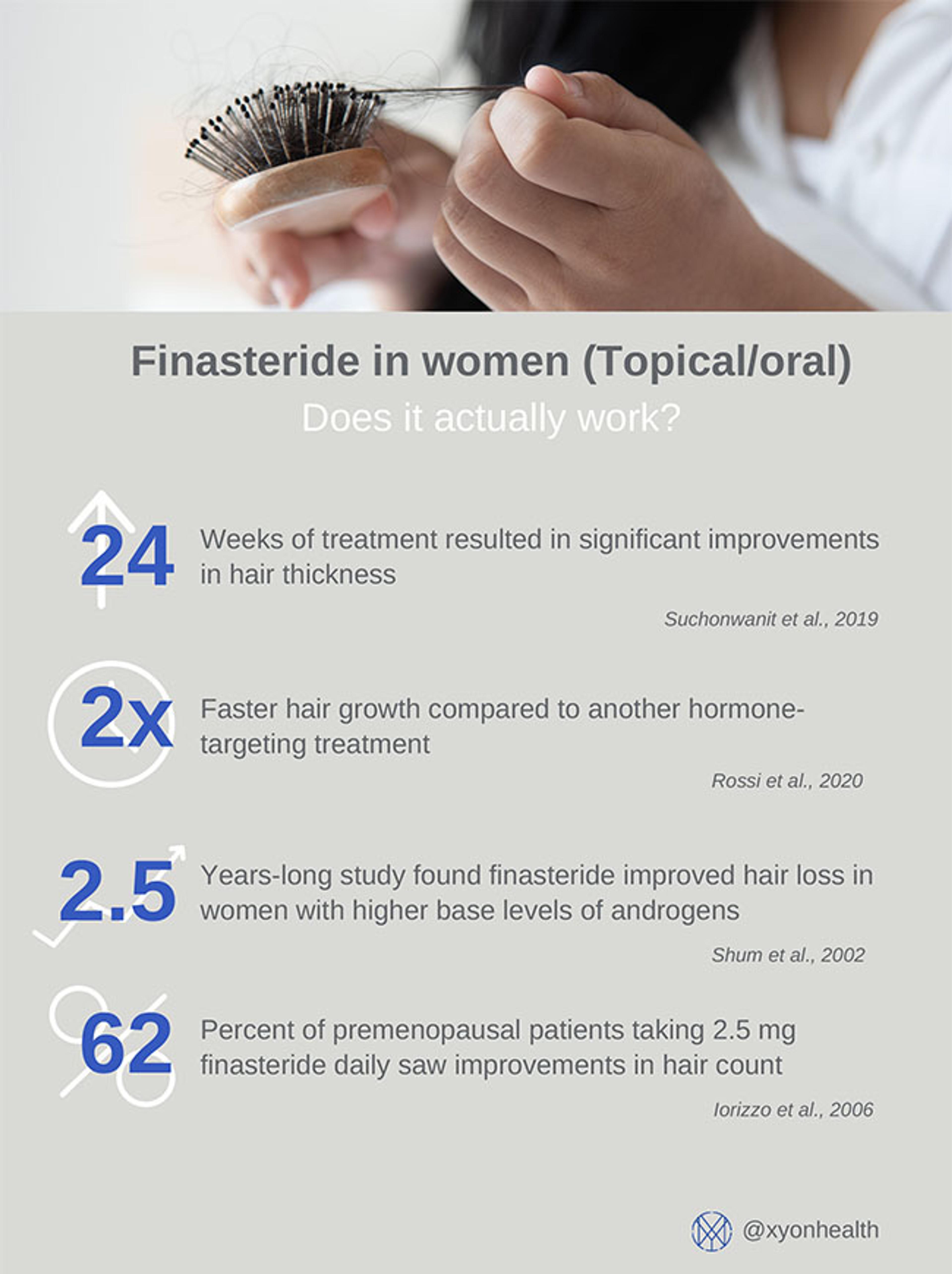
One key trial compared the efficacy of topical finasteride and minoxidil to topical minoxidil alone. After 24 weeks of treatment, results showed that women who received the combination therapy of 0.25% finasteride and 3% minoxidil saw more significant improvements in hair diameter (Suchonwanit et al., 2019).
Another study that compared topical finasteride to topical estradiol (a female sex steroid hormone) therapy found that participants who received topical finasteride saw improvements in hair growth almost twice as early than those taking estradiol (Rossi et al., 2020).
There have also been several studies on the use of oral finasteride in women. The results of these studies help provide additional support for finasteride treatment in this population. A clinical trial of oral finasteride in pre and post-menopausal women revealed that 1.25 mg of finasteride daily improved hair loss in participants who had higher than normal baseline levels of androgens (Shum et al., 2002). A separate study found that a higher dose of finasteride (5 mg) led to an improvement in hair loss in women who were not able to take other medications in the same family of drugs (Thai and Sinclair, 2002). Yet another study found that daily treatment with 2.5 mg finasteride led to improvements in hair count using global photography in 62% of premenopausal study participants. These women were also prescribed an oral contraceptive at the same time (Iorizzo et al., 2006).
The potential need for higher doses of finasteride in women to achieve therapeutic effects is yet another reason topical delivery of finasteride may present a viable alternative to the oral medication. Such formulations may include technology that concentrates drug action at the level of the hair follicles. This targeted delivery increases uptake of finasteride while decreasing the amount of excess medication that makes its way into the bloodstream.
What are the side effects of topical finasteride for women?
An uncommon reported side effect of topical finasteride use in women is local skin irritation. This can occur with any topical applied to the skin and may present with redness, flaking and itching at the scalp.
Other known side effects of finasteride in women include decreased sex drive (libido), breast tenderness and depression (van Zuuren et al., 2016). Studies using higher concentrations of finasteride have also noted headache, menstrual irregularity, dizziness and increased body hair growth as adverse effects (Oliveira-Soares et al., 2018).The risk of developing these side effects may be lower with topical finasteride.
Topical finasteride for women: Takeaway
Topical finasteride is prescribed on a case-by-case basis to women after careful consideration of a patient’s medical history and appropriate counselling on the safety risks (if necessary). Compared to oral finasteride, topical finasteride may help reduce the risk of adverse effects by limiting the medication’s entry into the bloodstream. This could have important implications for the safety of finasteride use in this population.
By giving more women a potentially safer way to take finasteride for female pattern hair loss, these formulations could provide further insight into the causes and ideal treatment of this complex hair loss disorder.
